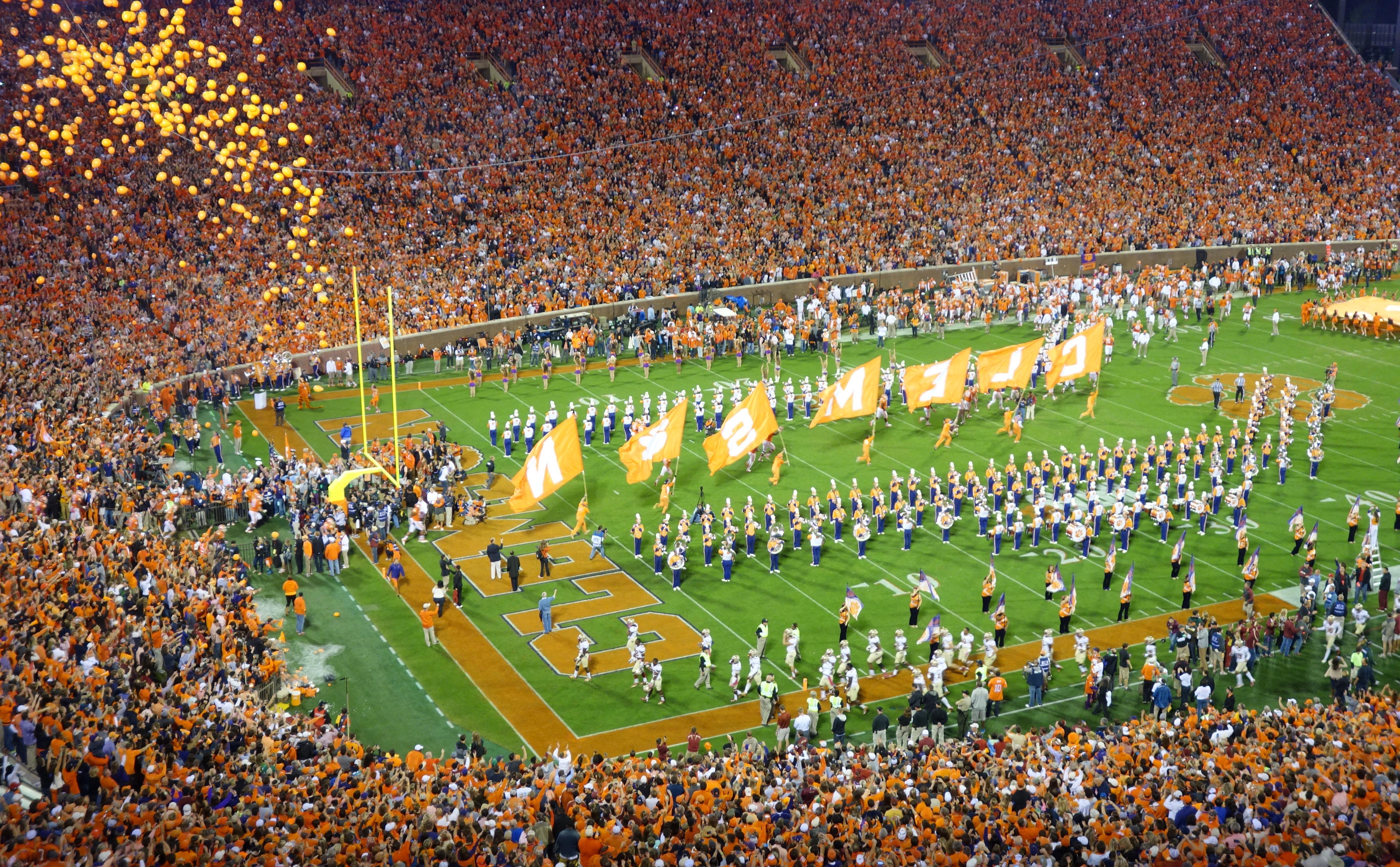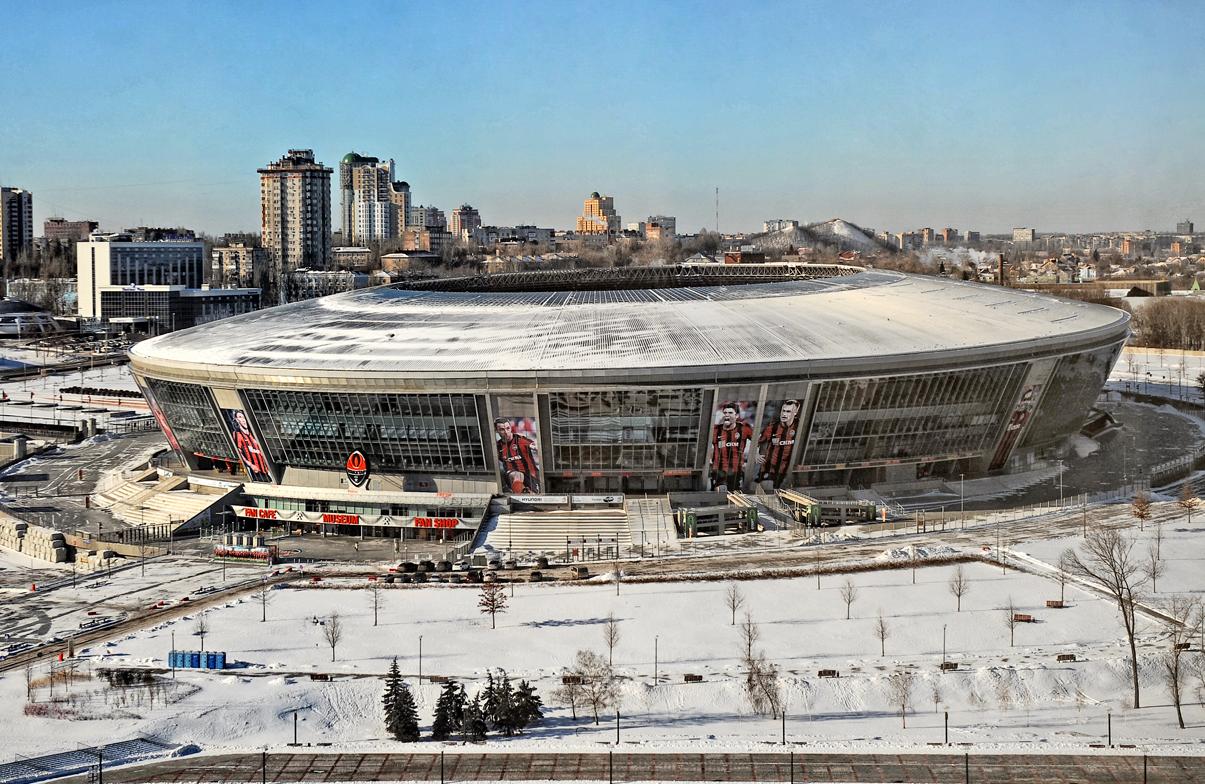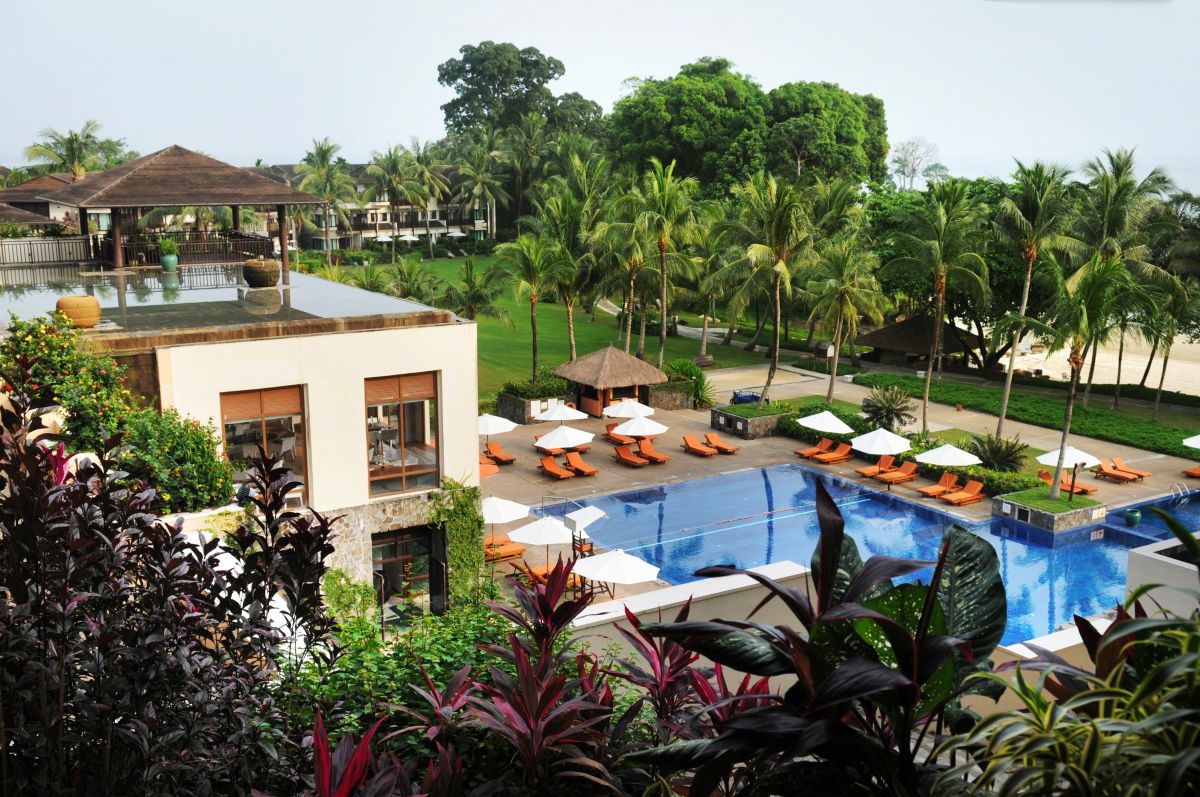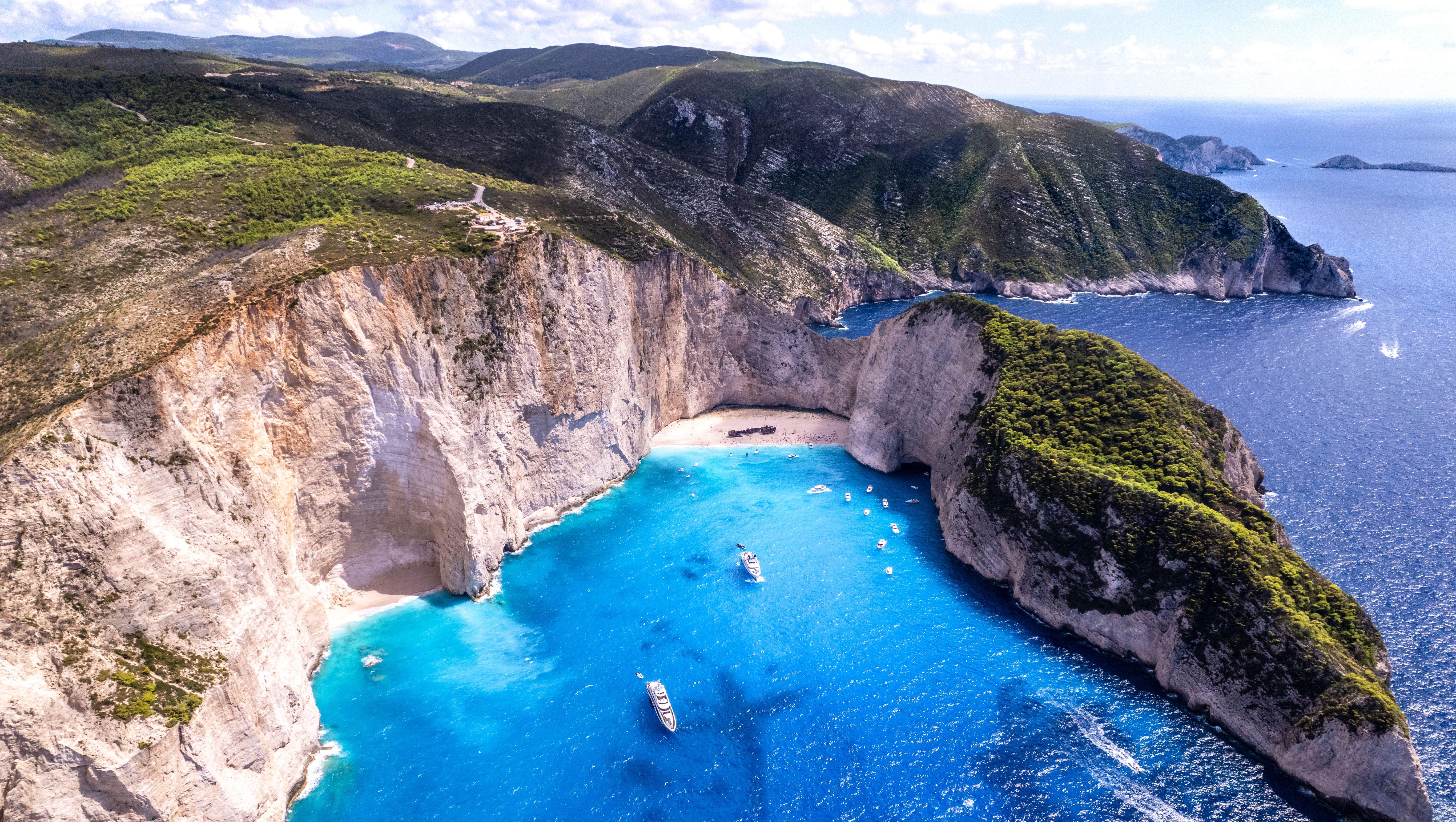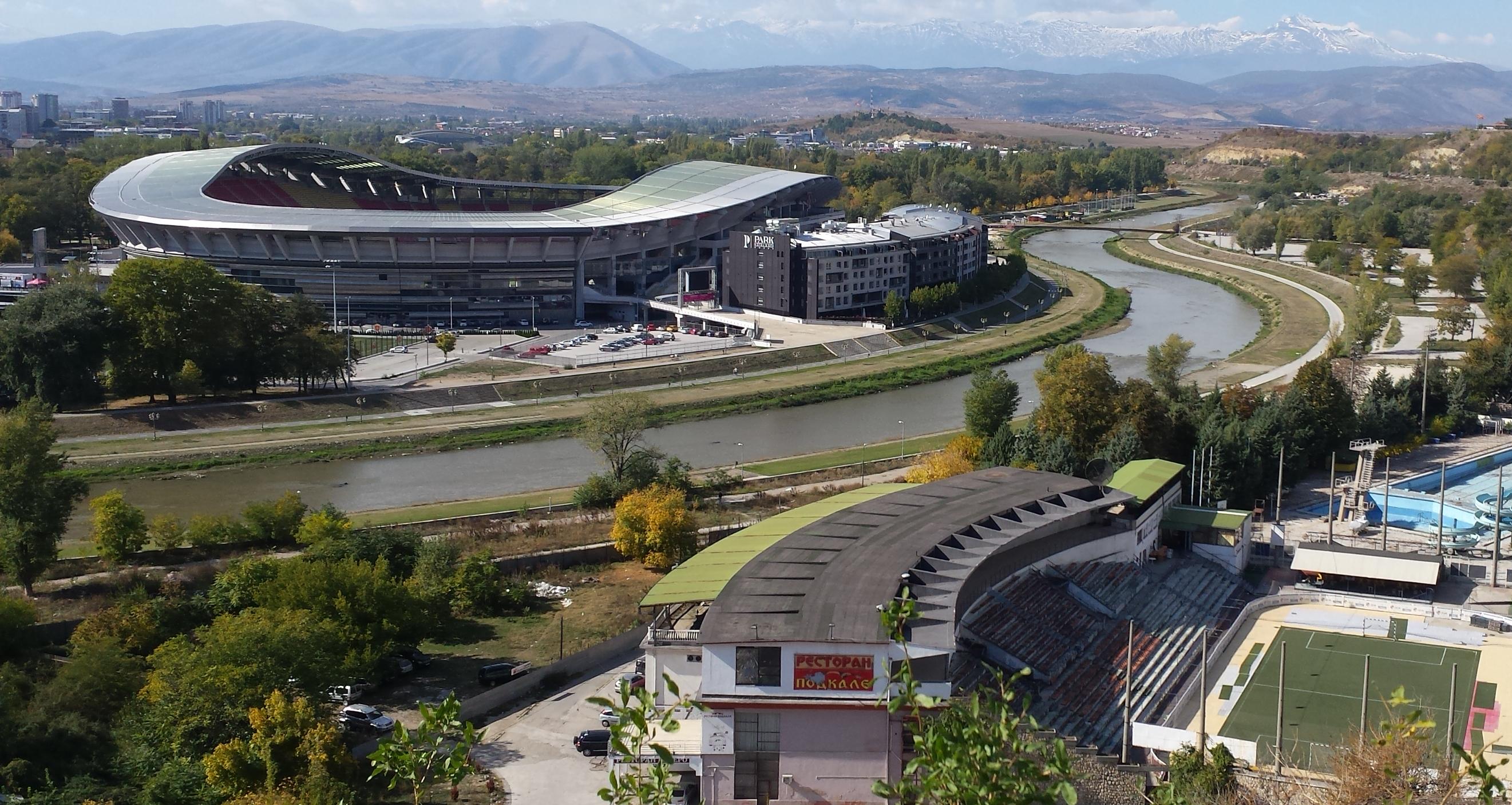What Makes a Cruise Ship Truly Safe? Factors to Consider Before You Book
Embarking on a cruise is a thrilling adventure, offering the promise of luxurious relaxation and exotic destinations. However, ensuring your journey is both enjoyable and secure is paramount. This guide delves into the essential safety features that should be on your radar before booking your cruise. From advanced navigation systems to comprehensive medical facilities, understanding these elements will empower you to make informed decisions, setting sail with confidence. As we explore each feature, you'll gain insight into how modern cruise lines prioritize passenger safety, ensuring peace of mind as you journey across the seas.
1. State-of-the-Art Navigation Technology

A cruise ship's ability to navigate safely through diverse waters is crucial. Modern vessels are equipped with advanced navigation systems, including GPS, radar, and sonar technologies. These systems provide real-time data on weather conditions, sea currents, and potential obstacles, allowing the crew to make informed decisions. This technology not only enhances the ship's ability to avoid hazards but also ensures that the journey is as smooth as possible. When booking a cruise, inquire about the ship's navigation technology to ensure it meets the latest safety standards, providing a seamless and secure voyage.
2. Comprehensive Safety Drills and Training
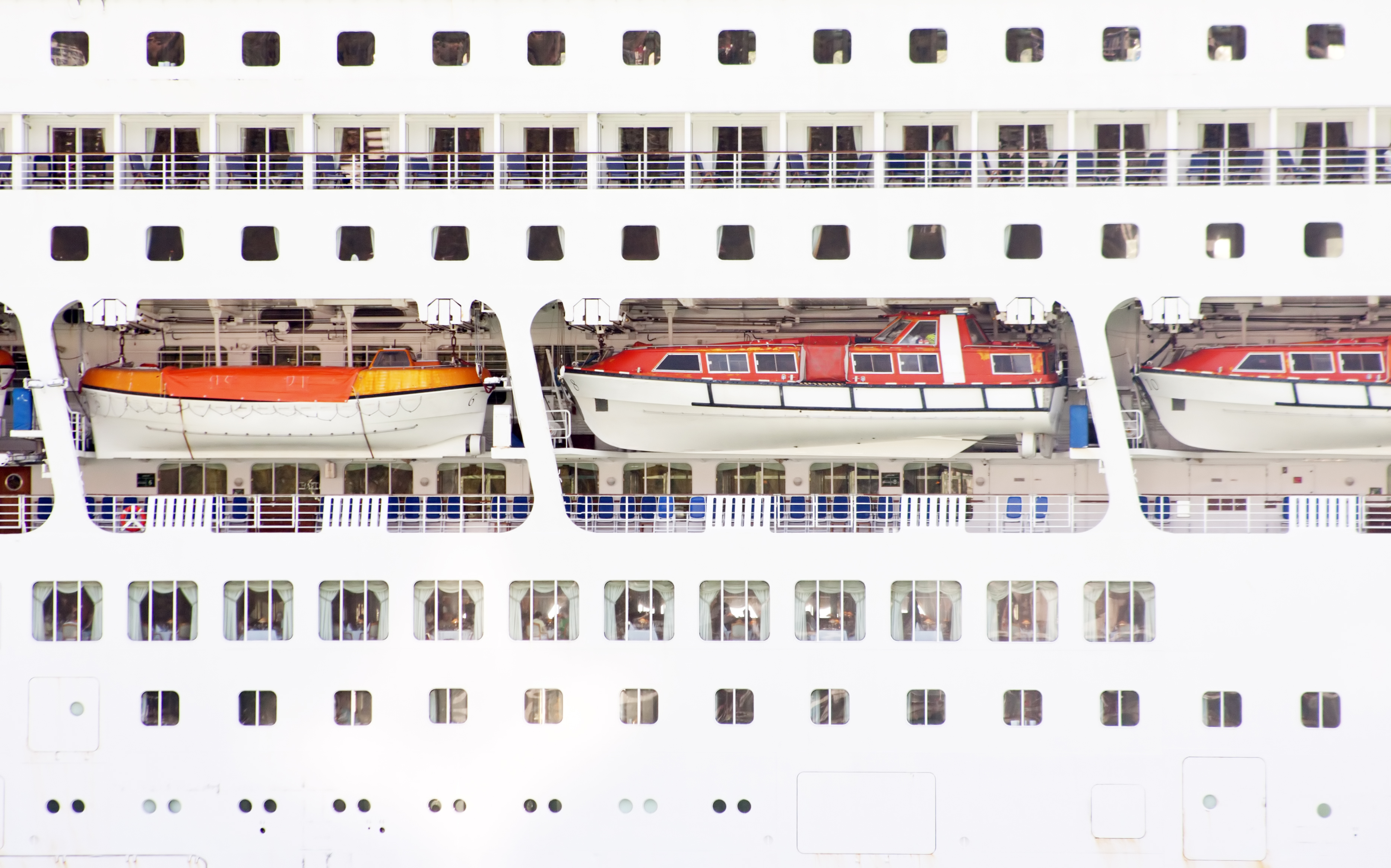
Safety drills are a cornerstone of maritime safety, ensuring that both crew and passengers are prepared for emergencies. Before setting sail, cruise lines conduct mandatory safety drills to familiarize everyone with evacuation procedures, lifejacket usage, and muster stations. Crew members undergo rigorous training to handle a variety of emergency scenarios, from fire outbreaks to medical emergencies. Understanding the ship's commitment to safety training can give you peace of mind, knowing that both you and the crew are prepared to act swiftly and effectively in any situation.
3. Robust Fire Safety Measures

Fire safety is a critical consideration on any cruise ship. Modern vessels are equipped with state-of-the-art fire detection and suppression systems, including smoke detectors, sprinklers, and fire extinguishers strategically placed throughout the ship. Additionally, fire-resistant materials are used in construction to minimize the risk of fire spreading. Regular maintenance checks and crew training in fire response are essential components of a ship's safety protocol. Before booking your cruise, review the ship's fire safety measures to ensure they align with international maritime safety standards.
4. Advanced Medical Facilities and Staff

Health emergencies can occur unexpectedly, making onboard medical facilities a vital component of cruise safety. Most modern cruise ships are equipped with medical centers staffed by qualified doctors and nurses capable of handling a range of medical situations. These facilities often include advanced equipment for diagnostics and treatment, as well as telemedicine capabilities for consulting with specialists onshore. Understanding the level of medical care available onboard can be a deciding factor in choosing a cruise, especially for passengers with pre-existing health conditions.
5. Environmental Monitoring Systems
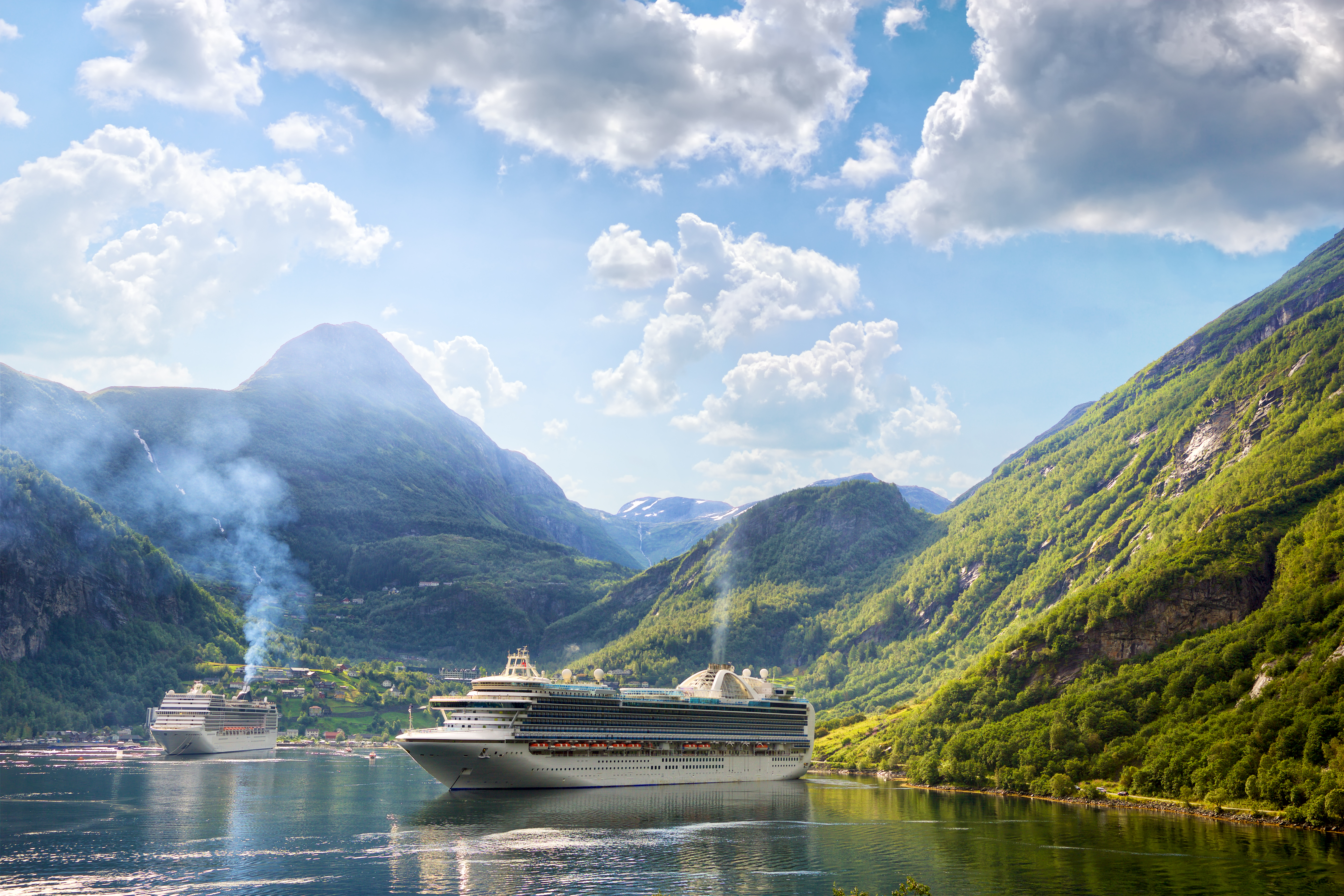
Cruise ships operate in delicate marine environments, making environmental monitoring systems an essential safety feature. These systems track water quality, waste management, and emissions, ensuring compliance with environmental regulations. By minimizing the ship's ecological footprint, cruise lines not only protect the environment but also enhance passenger safety by preventing contamination and ensuring clean air and water onboard. When selecting a cruise, consider the ship's commitment to environmental stewardship as part of its overall safety strategy.
6. Lifeboats and Life Rafts Accessibility
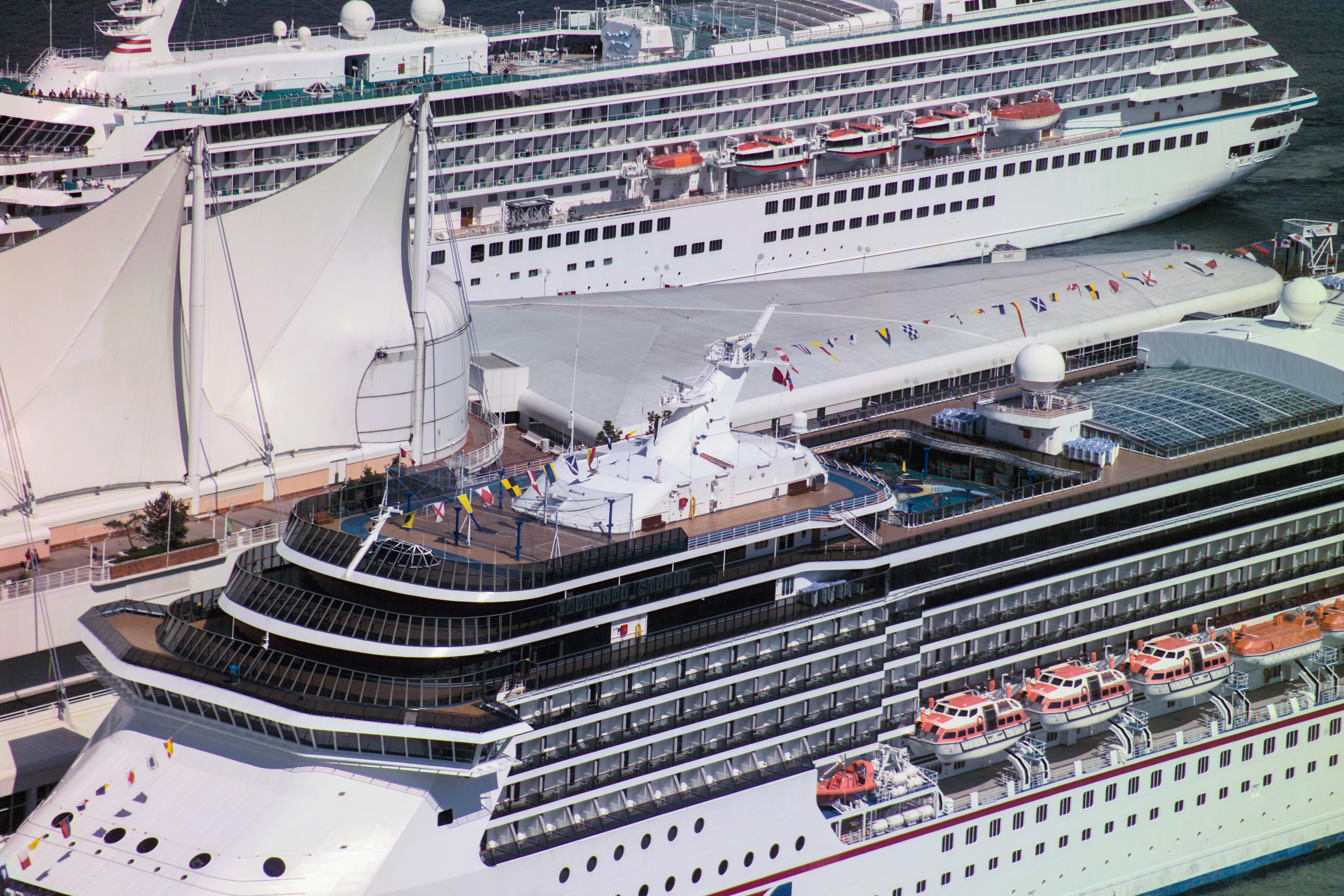
In the unlikely event of an evacuation, the availability and accessibility of lifeboats and life rafts are critical. Modern cruise ships are required to carry enough lifeboats to accommodate all passengers and crew, with additional life rafts as a backup. These are strategically located and equipped with survival kits, including food, water, and communication devices. Regular maintenance and crew training ensure these safety measures are fully operational at all times. Understanding how these systems are managed can provide reassurance that the ship is prepared for any emergency.
7. Reliable Communication Systems
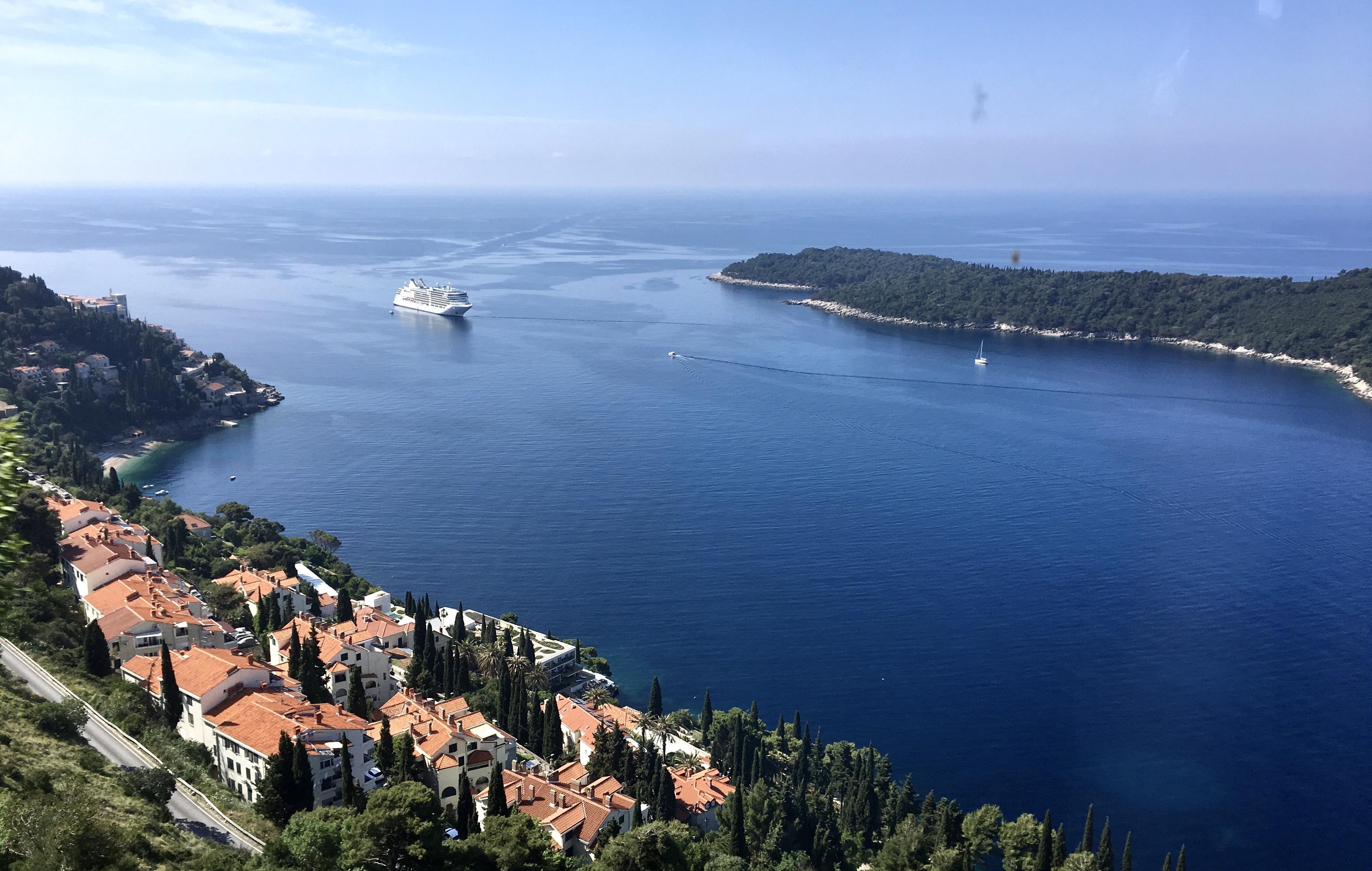
Effective communication is vital for ensuring passenger safety on a cruise ship. Modern vessels are equipped with advanced communication systems, including satellite phones, public address systems, and two-way radios. These tools enable the crew to communicate efficiently during emergencies and provide passengers with timely updates. Additionally, these systems facilitate communication with onshore authorities and rescue services if needed. Before booking a cruise, inquire about the ship's communication capabilities to ensure they are robust and reliable.
8. Security Personnel and Surveillance

Security onboard a cruise ship is paramount to ensuring a safe and enjoyable voyage. Most cruise lines employ trained security personnel who monitor the ship 24/7. Surveillance systems, including CCTV cameras, are strategically placed to cover all public areas, enhancing passenger safety and deterring potential threats. Security protocols are in place to manage access to the ship and handle any incidents that may arise. Familiarizing yourself with the ship's security measures can provide peace of mind, knowing that your safety is a top priority.
9. Child Safety Features and Programs
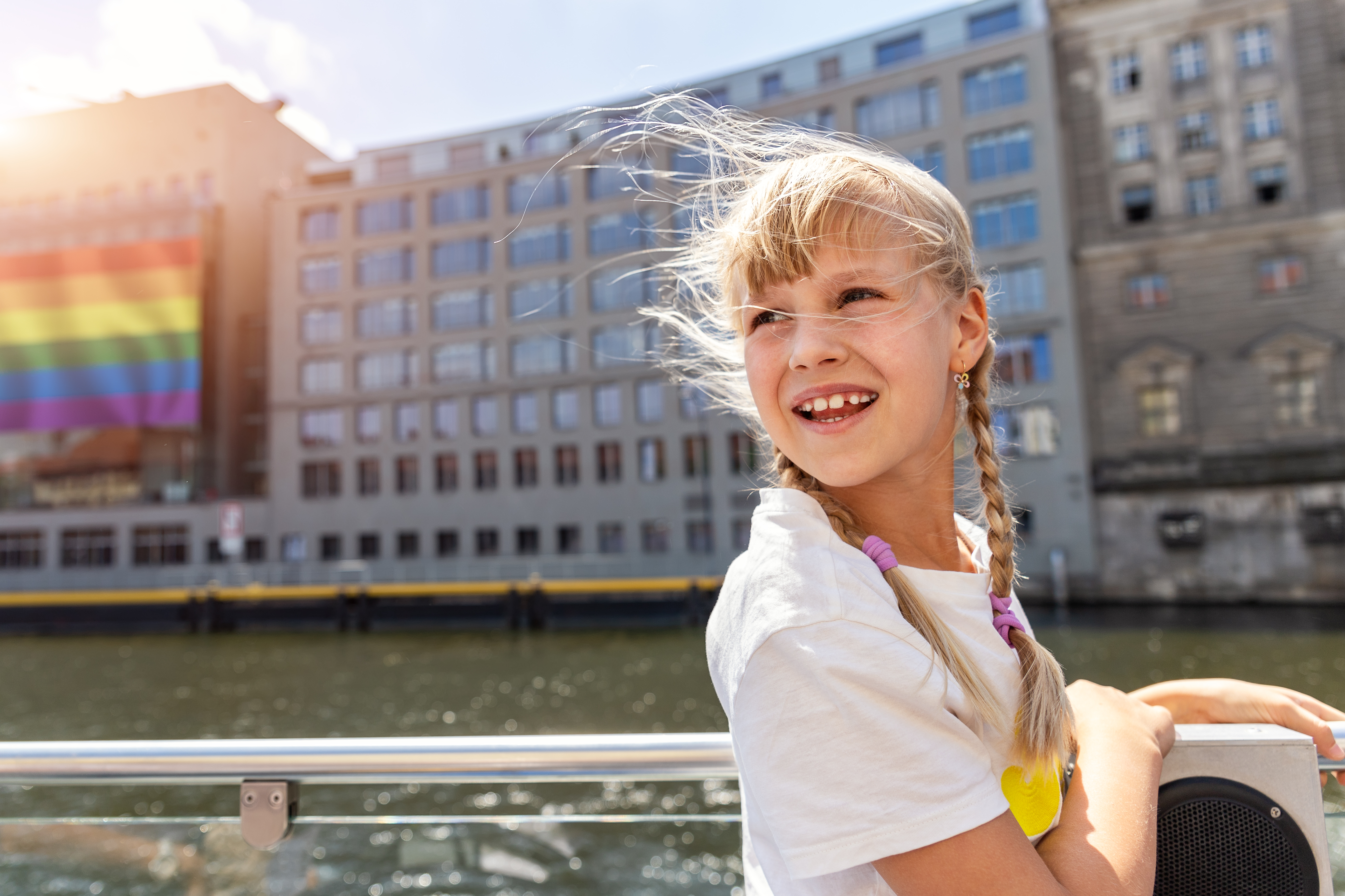
For families traveling with children, cruise lines offer specialized safety features and programs. These include secure children's play areas, supervised activities, and wristbands that track children's locations on the ship. Additionally, many ships have protocols to quickly reunite lost children with their parents. Staff members are trained in child safety and first aid, ensuring a safe and enjoyable experience for younger passengers. When booking a family cruise, investigate the ship's child safety measures to ensure a secure environment for your children.
10. Anti-Piracy Measures

While rare, piracy remains a concern in certain maritime regions. Cruise lines operating in these areas implement anti-piracy measures to protect passengers and crew. These measures may include route adjustments, increased security personnel, and coordination with naval authorities. Ships may also be equipped with non-lethal deterrents to prevent unauthorized boarding. Understanding the ship's anti-piracy strategy can provide additional reassurance, especially if your itinerary includes regions with a history of piracy.
11. Food Safety and Hygiene Standards
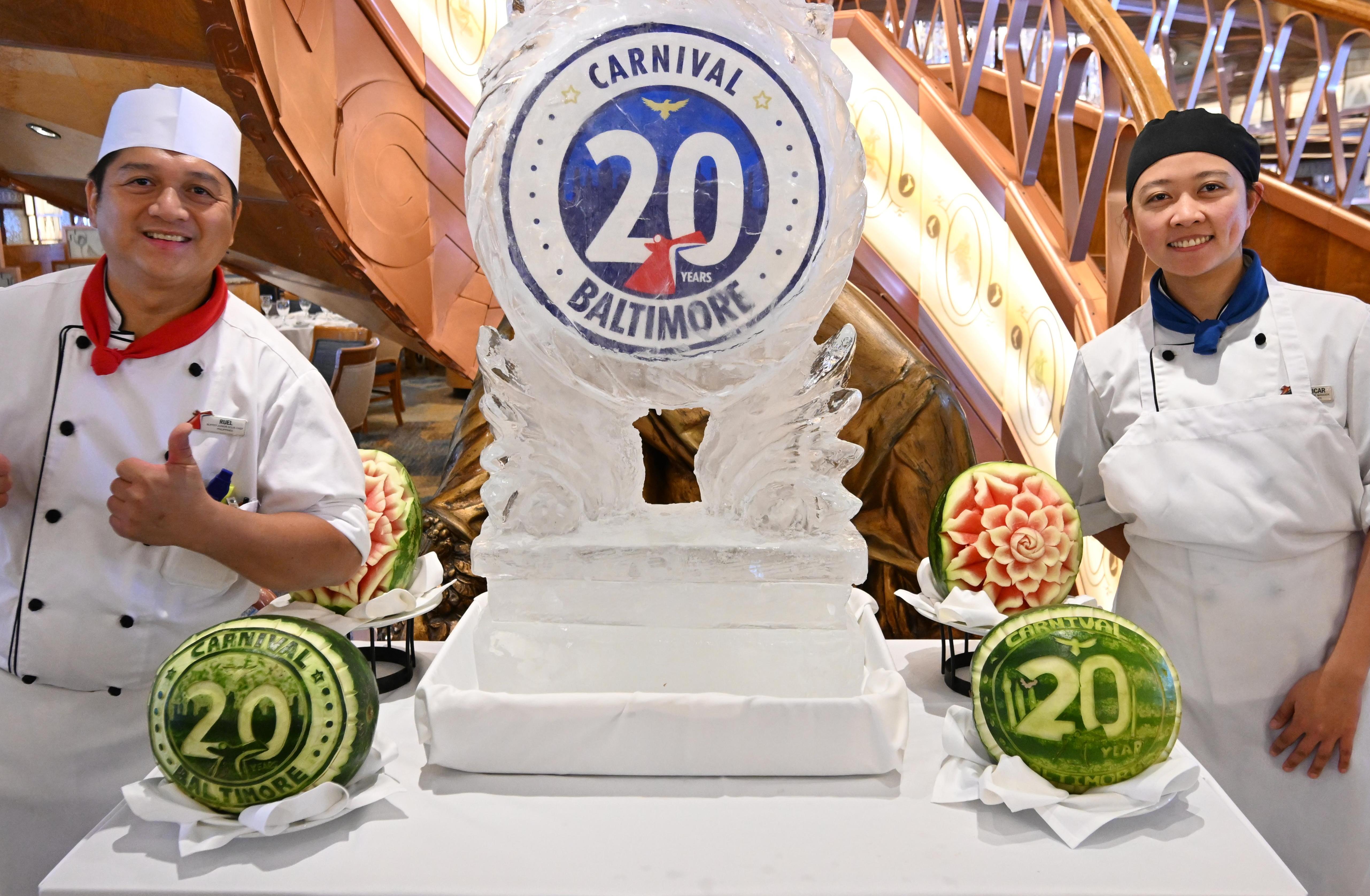
Maintaining high food safety and hygiene standards is crucial for preventing illnesses onboard. Cruise lines adhere to strict protocols for food storage, preparation, and serving, ensuring compliance with international health regulations. Regular inspections and staff training in hygiene practices help maintain these standards. Additionally, ships often have procedures for handling outbreaks of illness, such as norovirus, to prevent widespread transmission. When considering a cruise, inquire about the ship's food safety and hygiene practices to ensure a healthy dining experience.
12. Weather Monitoring and Response

Weather conditions at sea can change rapidly, making advanced weather monitoring systems essential for cruise safety. These systems provide real-time data on weather patterns, allowing the crew to adjust the ship's course as needed. In the event of severe weather, such as hurricanes, cruise lines have contingency plans to ensure passenger safety, including route changes or port evacuations. Understanding how a ship monitors and responds to weather conditions can give you confidence in its ability to navigate safely through varying environments.
13. Accessibility and Mobility Features
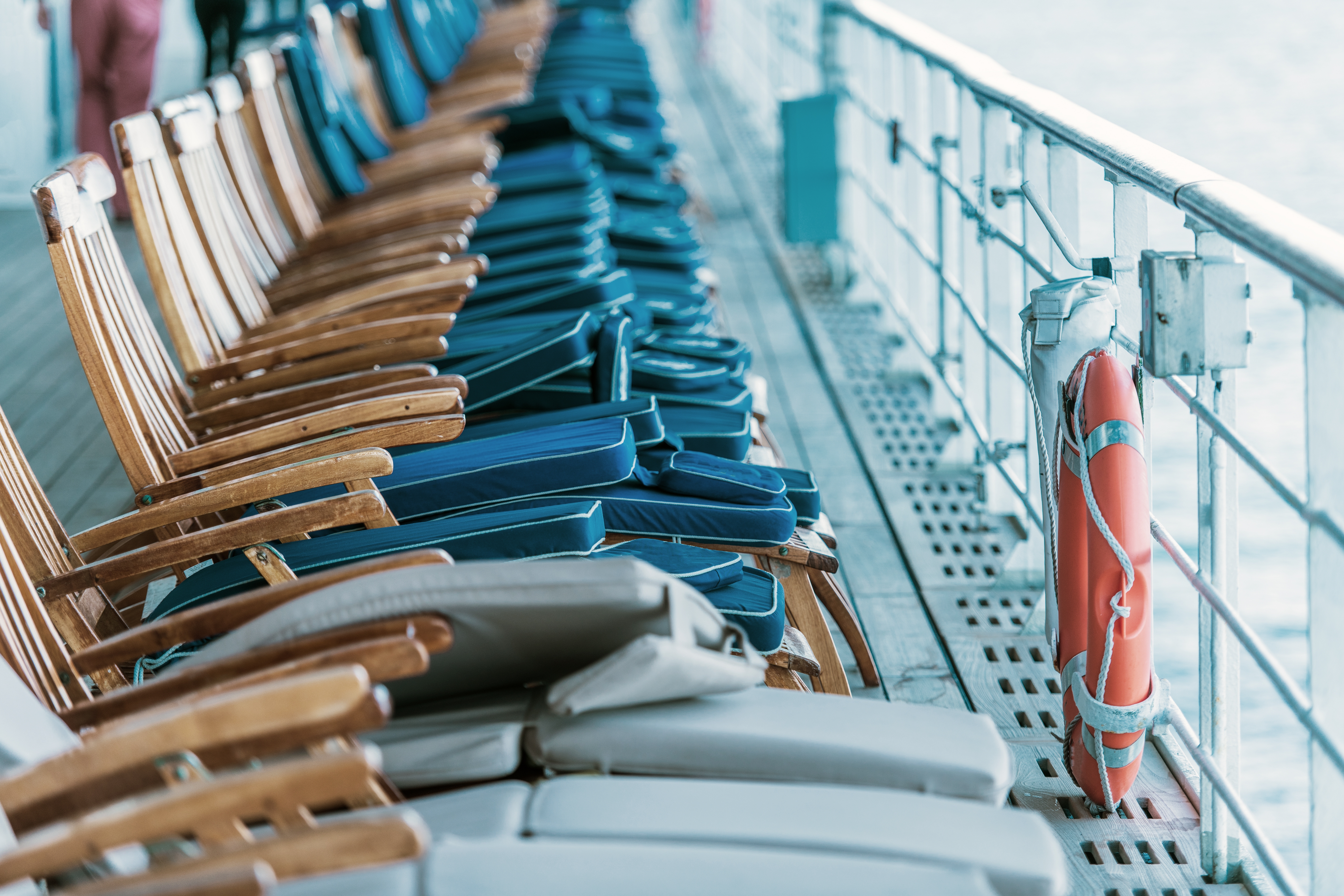
Cruise ships are designed to accommodate passengers with varying mobility needs, ensuring accessibility and safety for all. Features such as wheelchair-accessible cabins, elevators, and ramps are standard on modern vessels. Additionally, many cruise lines offer assistance for passengers with disabilities, including priority boarding and disembarkation. Understanding the ship's accessibility features can enhance your cruising experience, ensuring comfort and safety for passengers with mobility challenges.
Charting a Safe Course

As you plan your cruise, considering these essential safety features can transform your journey into a confident and secure adventure. From cutting-edge navigation technology to comprehensive medical facilities, each element plays a vital role in ensuring a safe and enjoyable voyage. By understanding and prioritizing these features, you can make informed decisions that enhance your cruising experience. As you set sail, rest assured that modern cruise lines are committed to providing a safe environment, allowing you to explore the world's oceans with peace of mind.

